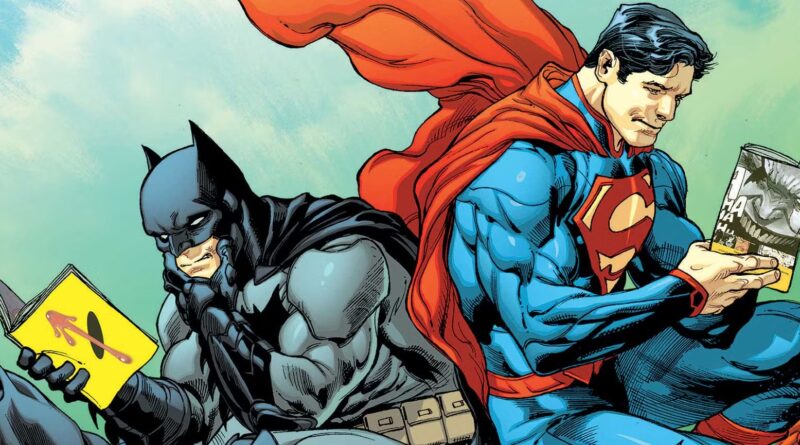How to Get Into (Superhero) Comics
So, you want to read comics. No doubt you’ve seen one of this year’s spectacular superhero movies, animated TV shows, or perhaps played a particular multiplayer video game, and have since been moved to seek out the source material. You, dear reader, have come to the right place for guidance. There are plenty of reading guides and collection tips floating around the internet, but few give you the basic, ground floor information needed to get your feet wet without any prior knowledge. Don’t worry—what comics are, as well as where and how to get them will all be covered here. Buckle up, true believers, because there’s a lot to learn about superhero comics.
Comics are a notoriously hard hobby to break into, and the purpose of this article is to demystify its arcane ways and give you the tools to make best choices for your reading appetite as well as your wallet. Firstly, comics come in many forms, but the most common are collected editions in trade paperback or hardcover form, and single, “floppy” issues. You can find collected volumes at big bookstores like Barnes and Noble, and sometimes a small section at an indie storefront, but the comic book store is the only place you’re going to find new issues when they are released every Wednesday. Many people read through trade paperbacks exclusively, but if you want to keep up with a series month to month, opening a pull list at your local comic book store is the best way to do so. The staff will reserve issues of your desired series and keep them for you until you pick them up.
The hard truth is that the industry is small, and supporting your local shop is how you can best support your favorite series, but reality is such that tons of people don’t have a local shop—so then what?
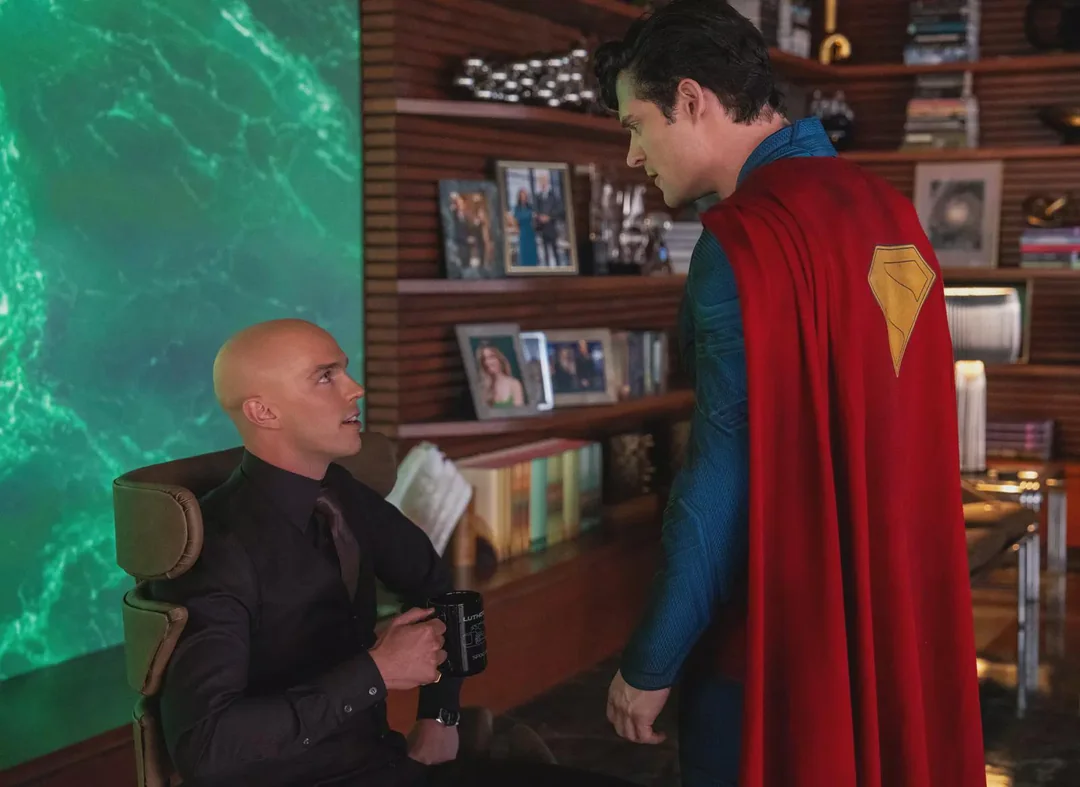
Amazon, unfortunately, is the most convenient option for many. It has a vast library that will most likely have whatever you’re looking for at a competitive price. Shops might keep volumes at cover price while Amazon will slash it to more affordable ranges. Of course, there are secondhand stores as well as the aftermarket, but Amazon’s convenience speaks for itself. And there’s always another, less legal, option in piracy. For many fans, there isn’t any legal way to obtain single issues if they don’t have a local shop or access to a digital bookstore in their region or country. Hoisting the flag should be seen as the last, nuclear option, but due to the industry’s distribution system, there’s a reason it’s so popular.
Beyond product scarcity, the next determining factor of comic book reading is money. This is an expensive hobby. Let’s say you’re reading three or four ongoing series, that’s at least $20 a month, not including any trades you might pick up along the way. Obviously, picking what’s best for you financially is key. If you know you’ve only got 20 bones a month to spend on this hobby, maybe you want to spend that on four single issues versus a single collected volume. If you can let go of monthly FOMO, then “trade-waiting” a series, where you read a current ongoing series via collected trades months after the fact, might be better for you. If you’ve got a wider budget, then investing in omnibuses, the biggest, most expensive form of hardcover collection, nets you plenty of material for just as hefty a price.
There are plenty of reading options out there, but what if you’re not sure what exactly you want to read? If superheroes are your interest, finding a place to start can be a paralyzing choice. DC and Marvel have nearly 80 years worth of literary history respectively, so settling on one place over another feels almost arbitrary. Do I read the classics first or just jump into the new stuff? The best piece of advice I can give you—at the risk of sounding corny—is to follow your heart. I’m serious. Reading what you want is the best way to avoid getting overwhelmed or burnt out. You’ll feel pressure to keep up with current storylines, but you don’t have to. Read exclusively 60’s Batman or 90’s X-Men if it makes you happy. And reading comics should make you happy.
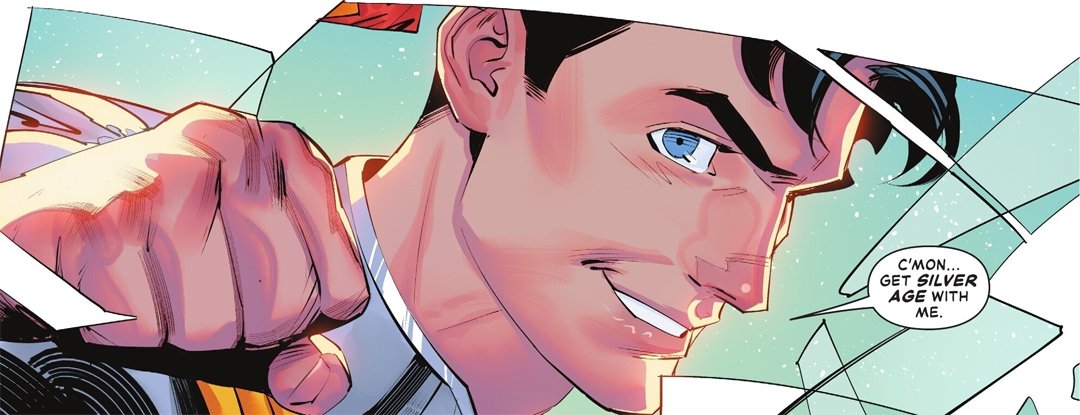
It’s my recommendation, however, that you try a little bit of everything. Marvel and DC, old and new, sci-fi and magic, crime and cosmic. Superheroes are but one genre of comic book, but within them are a myriad of different types of stories. Personally, I love a good crime mystery, which inclines me to characters like Batman and Daredevil, but I also like sci-fi, so I read characters like Green Lantern and the Guardians of the Galaxy. I know I don’t much care for magic, so I’m not going to pursue characters like Dr. Strange or Zatanna, even if I like when they appear in team books like Avengers or Justice League.
So how does one get into comics right now? I’m so glad you asked. Now is a pretty advantageous time to come in. Marvel’s Ultimate Universe and DC’s Absolute line are the most exciting things happening right now. Both see new versions of classic characters twisted slightly to give them new life. What if Spider-Man became a hero at 35 instead of 15? What if Batman no longer has his money? These titles offer the interconnectedness of a superhero universe without so much historical baggage. The Ultimate Universe intends to finally cross over this December with the “Ultimate Endgame” event while Absolute’s bad guys team-up in the “Absolute Evil” one-shot coming out on October 1st.
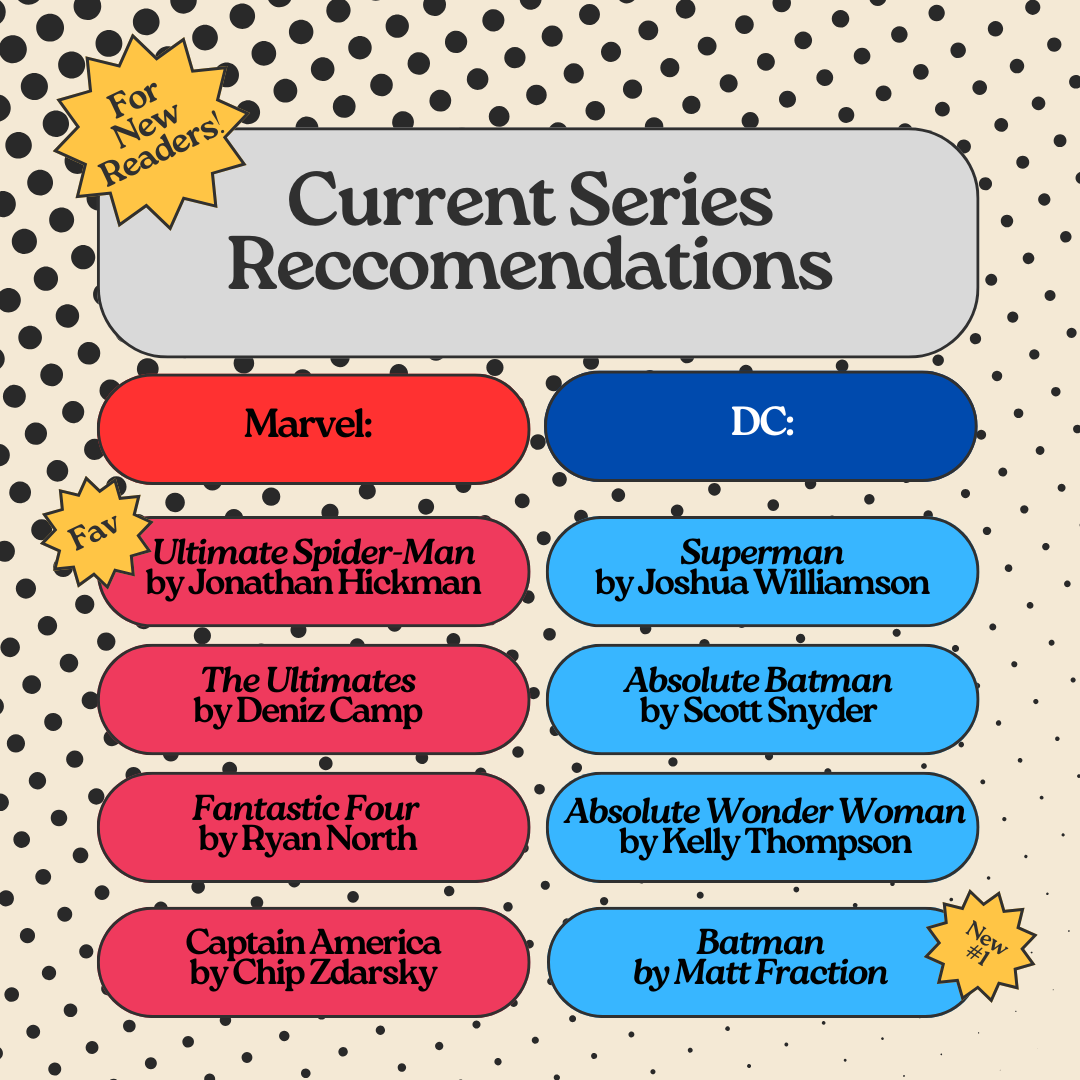
In continuity, Marvel is entrenched in ongoing events like “One World Under Doom” and “Imperial” that promise an exciting status quo in the future. DC is building up to “DC K.O.,” a combat tournament featuring faces that ought to be familiar to fans of James Gunn’s Superman (2025). A new Batman series also recently relaunched with a new #1 issue, making it easier than ever to get into the caped crusader. If you want to be part of comic book history, the first Marvel/DC crossover in decades, “Marvel/DC: Batman/Deadpool #1” is coming out this Wednesday.
As you can see, DC is leading the charge right now in terms of new reader accessibility. A year ago, they launched a new line called “Compact Comics,” which takes seminal DC stories, puts them in a compressed format, and sells for a fixed price of $9.99. Ever wanted to read Watchmen (1986)? Now you can at a very tempting rate. I was skeptical of these for a while, since reading All-Star Superman (2005) on newsprint felt like watching The Godfather (1979) on a Nokia, but I gave it a chance and I’m entirely convinced. The list of Compact Comics grows every month as DC puts out new ones. Cheap enough to pick one up for a friend and small enough to lug around with you, I firmly believe these are the best way to get into comics right now.
Marvel has their competitor in their “Premier Collection,” but with a higher price ($15.99), limited selection, and overall less sleek presentation, there’s very little “premier” about them. Nevertheless, these are the cheapest ways to get stories like Daredevil: Born Again (1986), and Captain America: The Winter Soldier (2005), should you be so inclined.
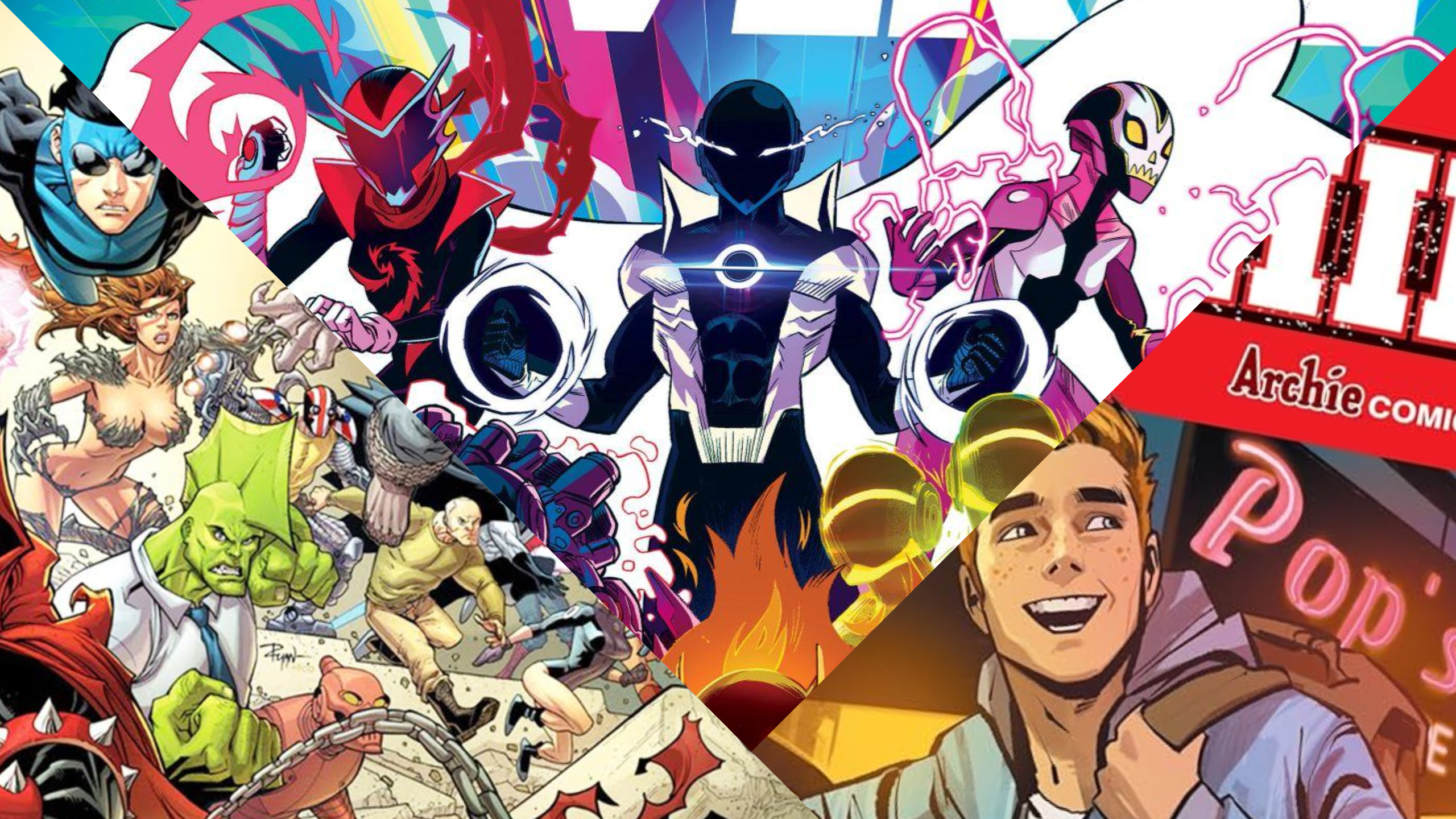
Finally, my last piece of advice would be not just stopping at Marvel and DC, or superheroes in general. If you want to explore superhero universes outside of the big two, Invincible (2003) and the Massive-Verse are great places to start. Beyond capes and tights, genres like sci-fi, fantasy, and horror thrive in the comic space. Saga (2012), East of West (2013), and Something Is Killing the Children (2019) are great examples. Franchises like Transformers (1984), Teenage Mutant Ninja Turtles (1984), and Power Rangers (1993), and even the Universal Monsters have ongoing series that fans can tap into—right now. Don’t be afraid to give something a chance.
That was a lot, but we got through it. What’s important to remember is that if you have the desire to actually pick up comics, which many fans of superhero films and TV simply do not, you’re already halfway there. Once you’re in, it’s easy to stick with titles you don’t like or get bogged down in fandom nonsense out of obligation to know and consume everything, but focussing on the reading, and enjoying that reading, is what matters. As a long-time reader myself, I can’t name how many times I’ve taken a step back just to learn to love comics all over again.

